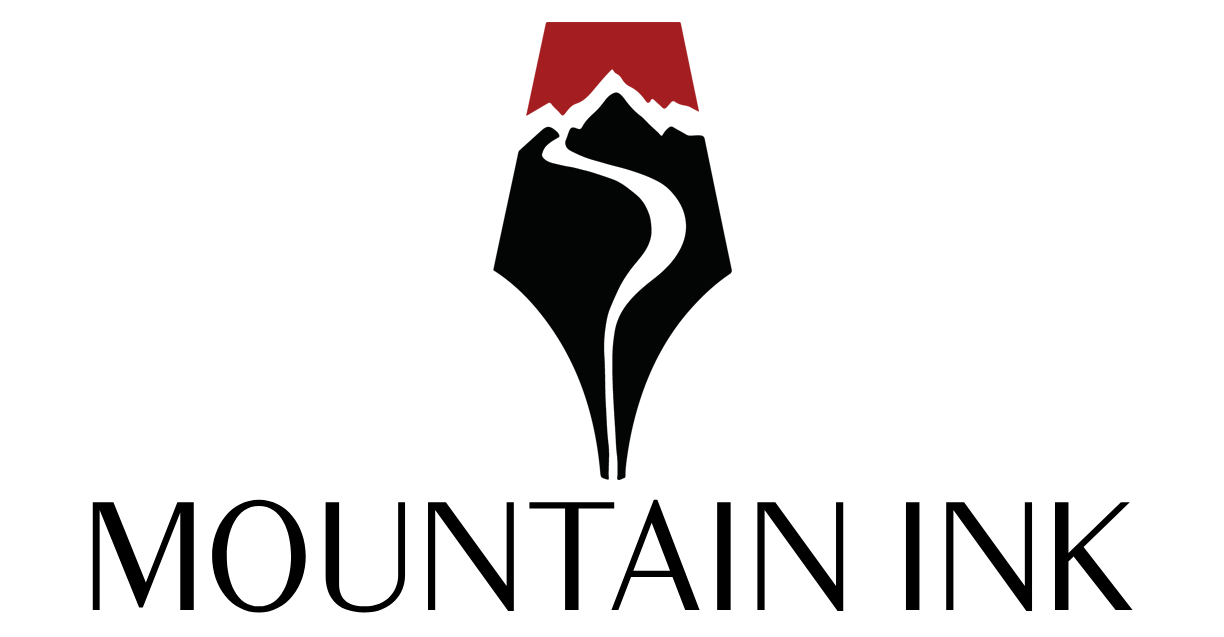‘Pretty but Pathetic’: Primitive Life on Two Jhelum Ghats

Bisma Farooq is a Staff Writer at the Mountain Ink.



 +11
+11 ‘Pretty but Pathetic’: Primitive Life on Two Jhelum Ghats
‘Pretty but Pathetic’: Primitive Life on Two Jhelum Ghats
‘Pretty but Pathetic’: Primitive Life on Two Jhelum Ghats
‘Pretty but Pathetic’: Primitive Life on Two Jhelum Ghats
‘Pretty but Pathetic’: Primitive Life on Two Jhelum Ghats
‘Pretty but Pathetic’: Primitive Life on Two Jhelum Ghats
‘Pretty but Pathetic’: Primitive Life on Two Jhelum Ghats
‘Pretty but Pathetic’: Primitive Life on Two Jhelum Ghats
‘Pretty but Pathetic’: Primitive Life on Two Jhelum Ghats
‘Pretty but Pathetic’: Primitive Life on Two Jhelum Ghats
‘Pretty but Pathetic’: Primitive Life on Two Jhelum Ghats
‘Pretty but Pathetic’: Primitive Life on Two Jhelum Ghats
‘Pretty but Pathetic’: Primitive Life on Two Jhelum Ghats
‘Pretty but Pathetic’: Primitive Life on Two Jhelum Ghats
Bereft of a healthcare centre, fire service, bridge, drainage, drinking water, roads, bank, and other basic facilities, a village in north Kashmir is living a medieval life in modern times.
Disquieting dispatch came at dawn when darkness was literally departing.
But the arrival of a fresh-faced courier only created another blackout for the countryside caught in a time warp.
The message was familiar. Another pregnant woman was withering in pain on the other side of the river Jhelum. And Jabeena knew that she had another emergency day in the village bereft of ambulance and doctors.
Last time when the courier came, Jabeena saw a young mother’s world crumbling down in sheer helplessness.
“That woman had to first cross the river and sought someone’s support to reach hospital,” Jabeena, an Asha worker, says.
Support Our Journalism
You are reading this because you value quality and serious journalism.
But, serious journalism needs serious support. We need readers like you to support us and pay for making quality and independent journalism more vibrant.
“But as bad roads made her hospital journey unbearable, her family decided to go for home delivery.”
Lost in translation, the expecting mother bled badly on road.
“She was then put into a tonga and taken to a hospital on a war-footing,” the village-level medic says.
“After 14 days of comatose condition, the woman opened her eyes — only to hear that she had lost her child!”
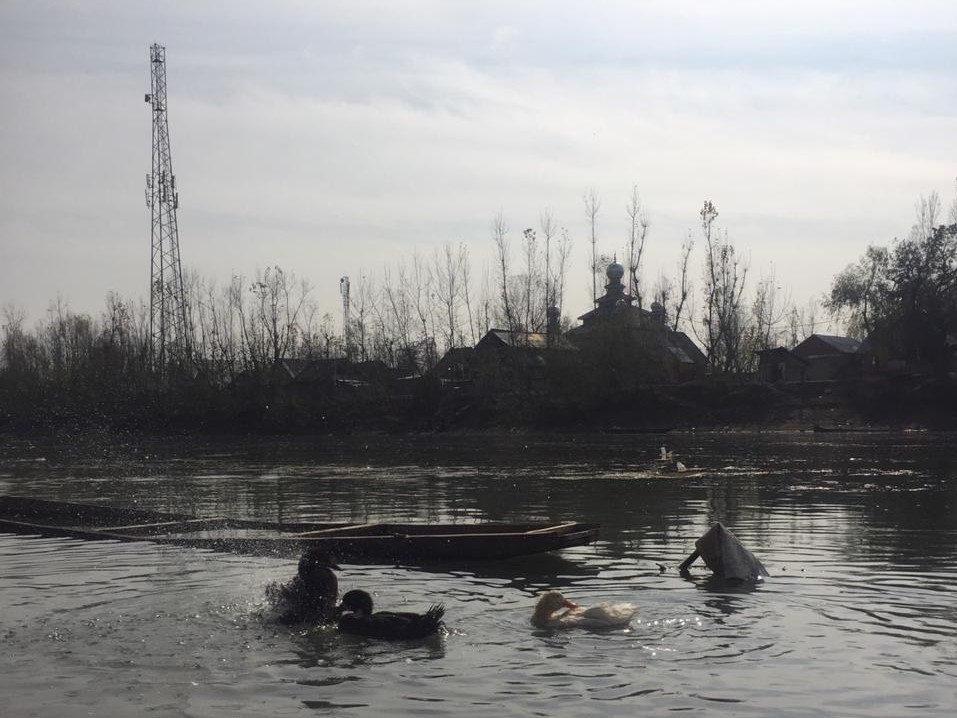
Such messages often take a fatal turn in Banyari, a postcard village nested 12 kilometers from Sonawari town in district Bandipora.
Despite the characteristic country countenance concealing these daily dreads, life in this north Kashmir village is a simpleton’s slog.
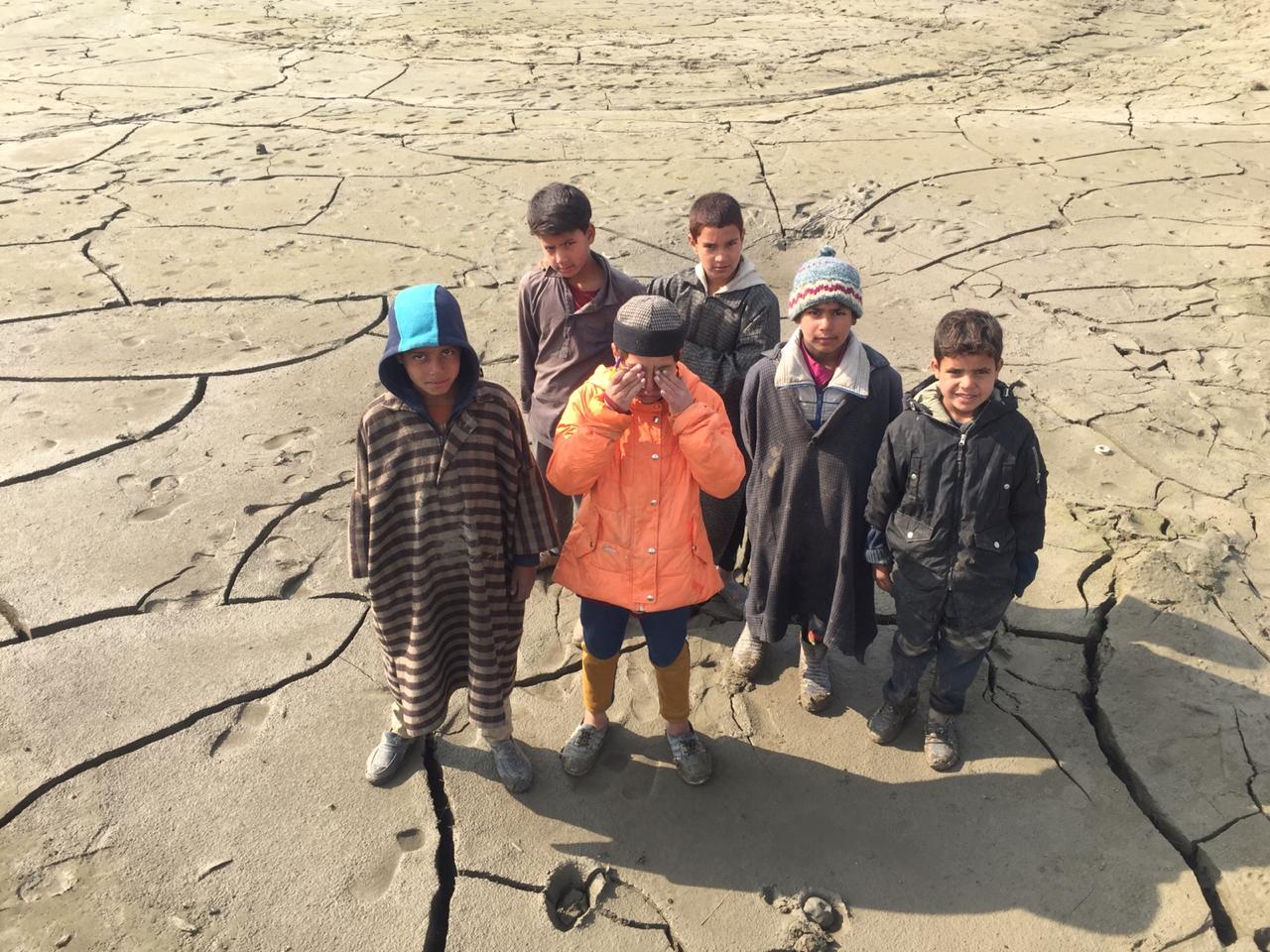
A group of village boys giggle and huddle on the cracked ground. There’s this barely ten-year-old boy fishing in the flowing waters, where ducks and plastic bottles swim together.
At Jhelum bund, women are either washing clothes, or fetching water home in pitchers.
Some boatmen briskly ferry people across the river, others bask in the spring sun.
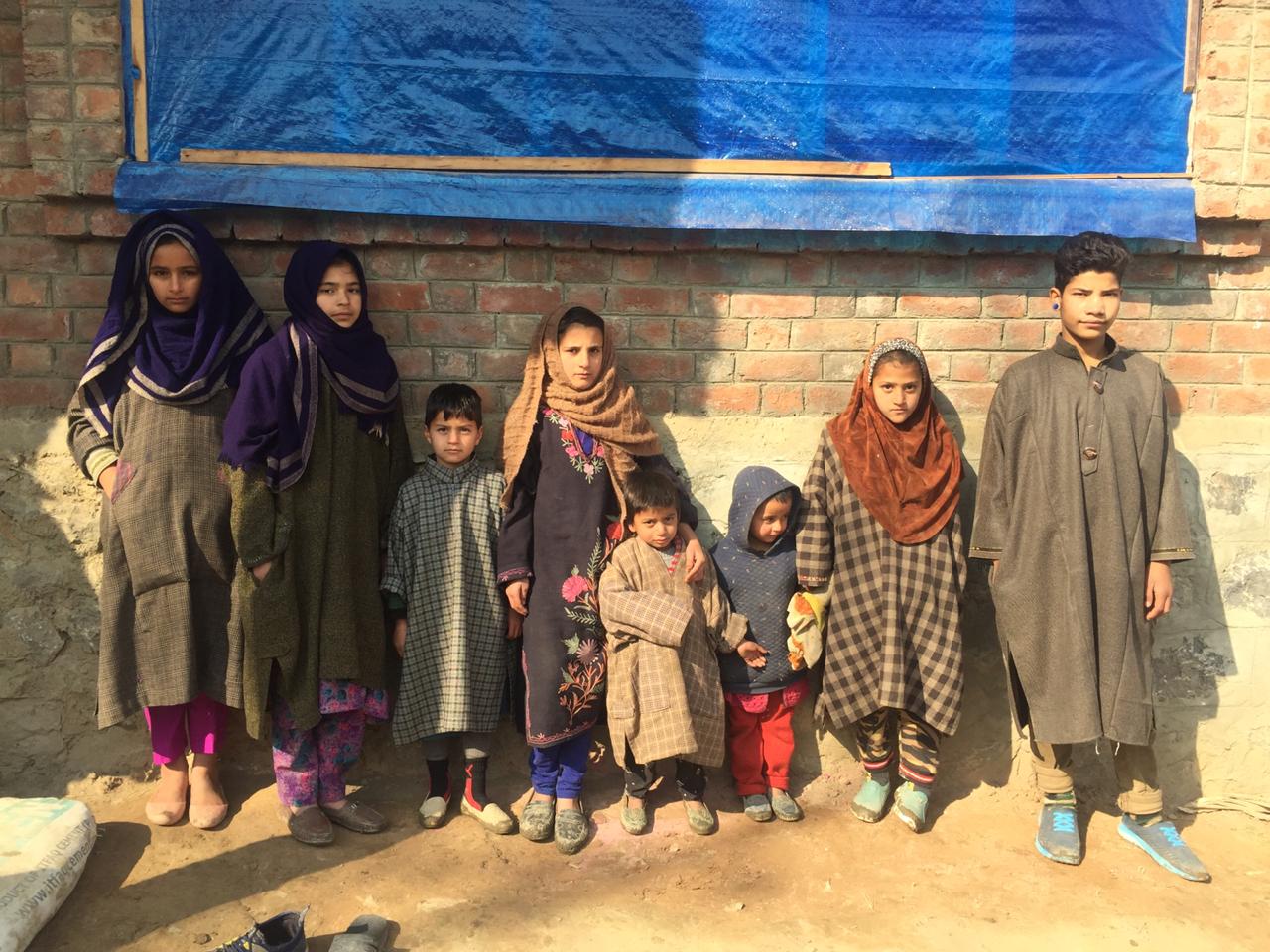
After arriving at shores along with his cattle, Hafiz is eagerly waiting for a boatman to reach the other side.
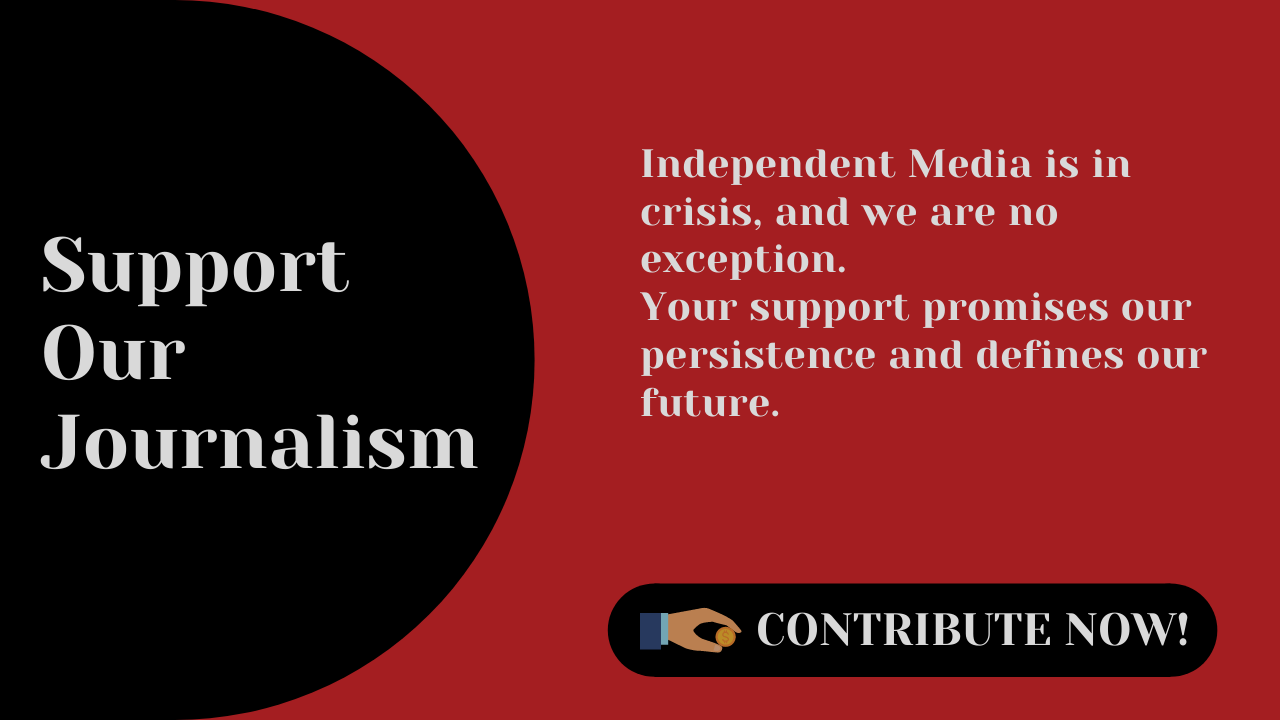
In his early thirties, Hafiz is a lanky man living in Banyari Garbi, lying on the other side of Jhelum. Banyari is divided by river Jhelum into two parts — Garbi and Sharki.
Akin to a bunch of kids on boat, Hafiz daily shuttles between the two ghats for the living.
“Life is pretty but pathetic here,” Hafiz says. “In absence of an official support, we’re living cavemen’s life here.”
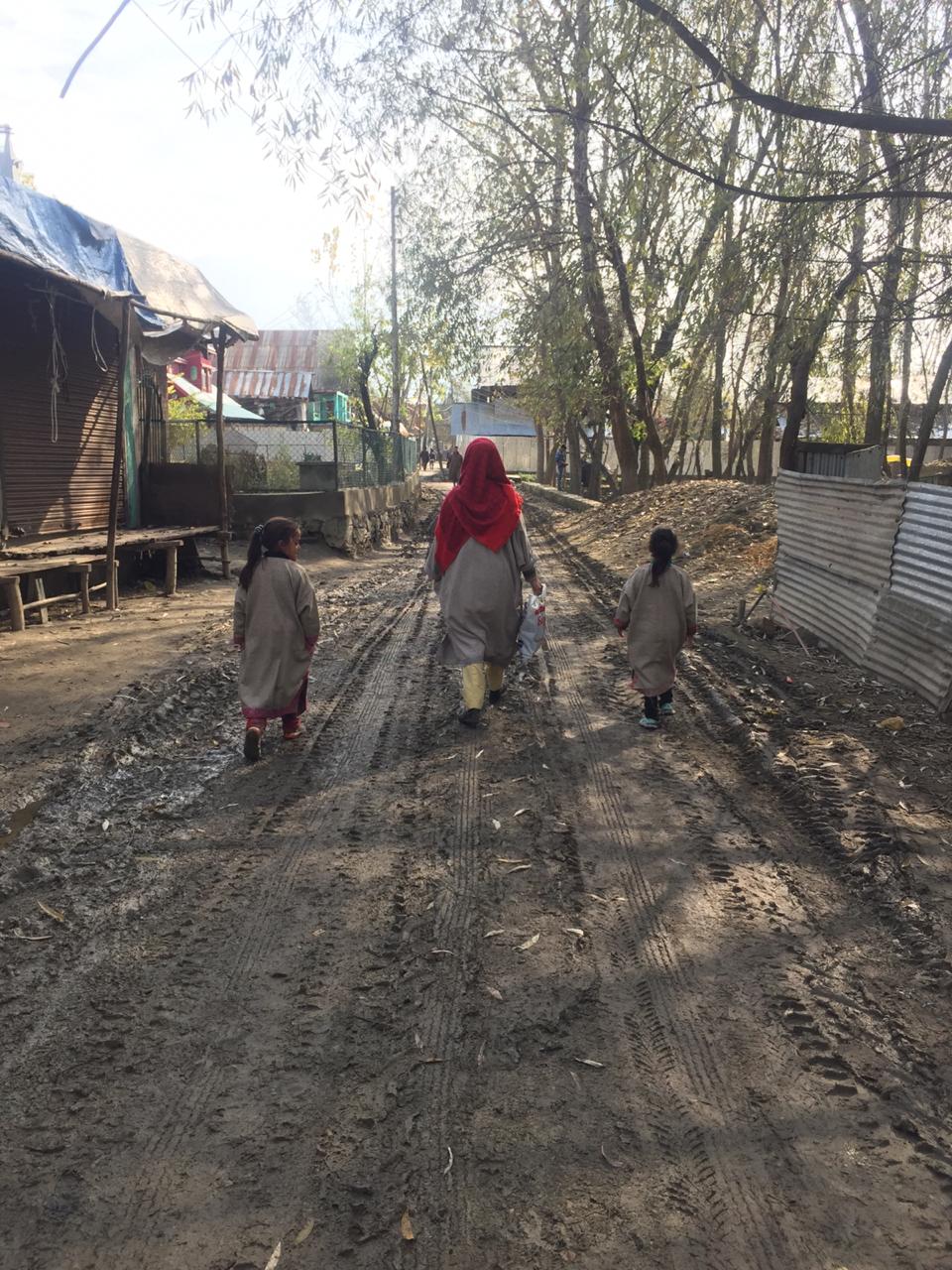
The villager’s anguish doesn’t sound like a repetitive grassroot grouse. Banyari is indeed living in medieval times, without a health centre, fire service, bridge, drainage, drinking water, roads, bank, ATM, or any other basic facility.
Apart from some wooden shops, a nonfunctional dispensary looks like a ghost house.
Paucity of vocational training centers often send women folk to Wular for chestnut chasing, while men mostly extract sand and catch fish to feed their families.
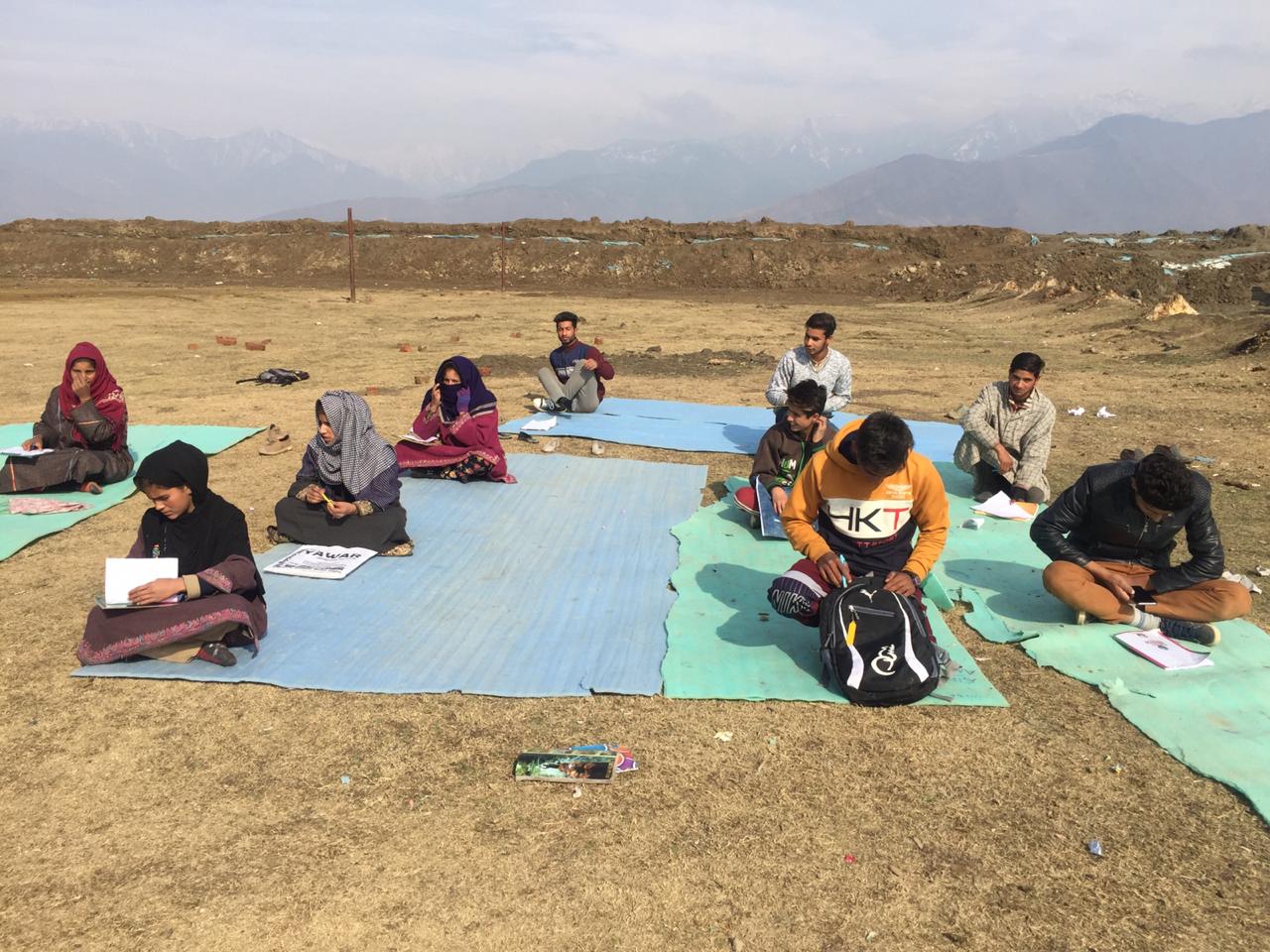
“We’ve countless problems and the list has no end,” Rafia tells me as we sit to talk in her shanty-type shelter in Banyari.
Within those deprived walls, she’s counting endless women woes.

As an Anganwadi worker, she finds it hard to run a centre — meant to provide nutrition, immunization, health education, primary education, health check-up to the villagers — without drinking water, sanitation, a proper building, and other necessary items.
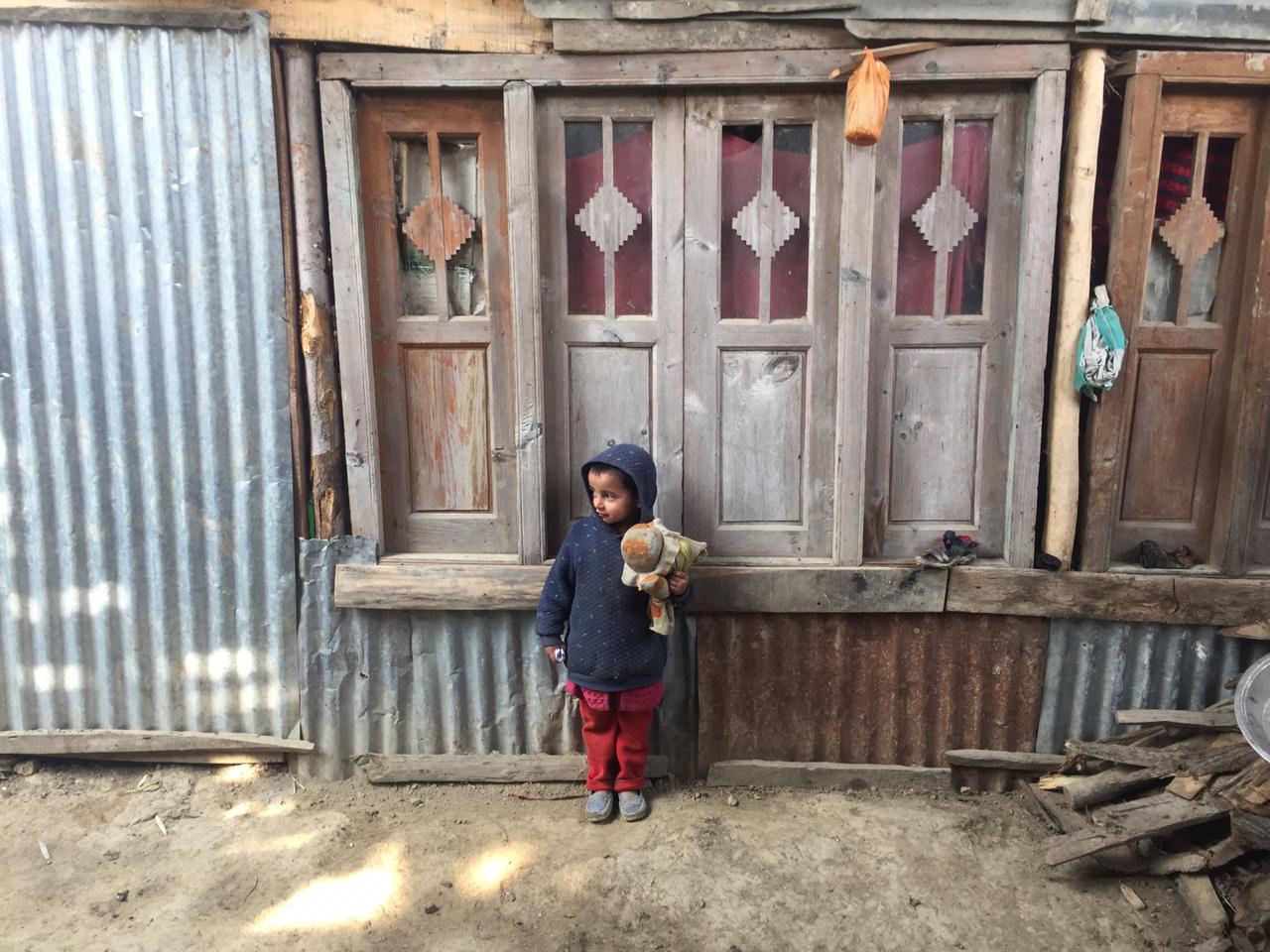
The village water tank merely caters to two neighbourhoods, whereas the 80 per cent area often struggles for drinking water.
“Sometimes children go to the river to fetch drinking water themselves,” Rafia says.
“It’s the same water in which untreated sewerage sinks.”
Plus, around 70 per cent of the population doesn’t have toilet facility in Banyari.
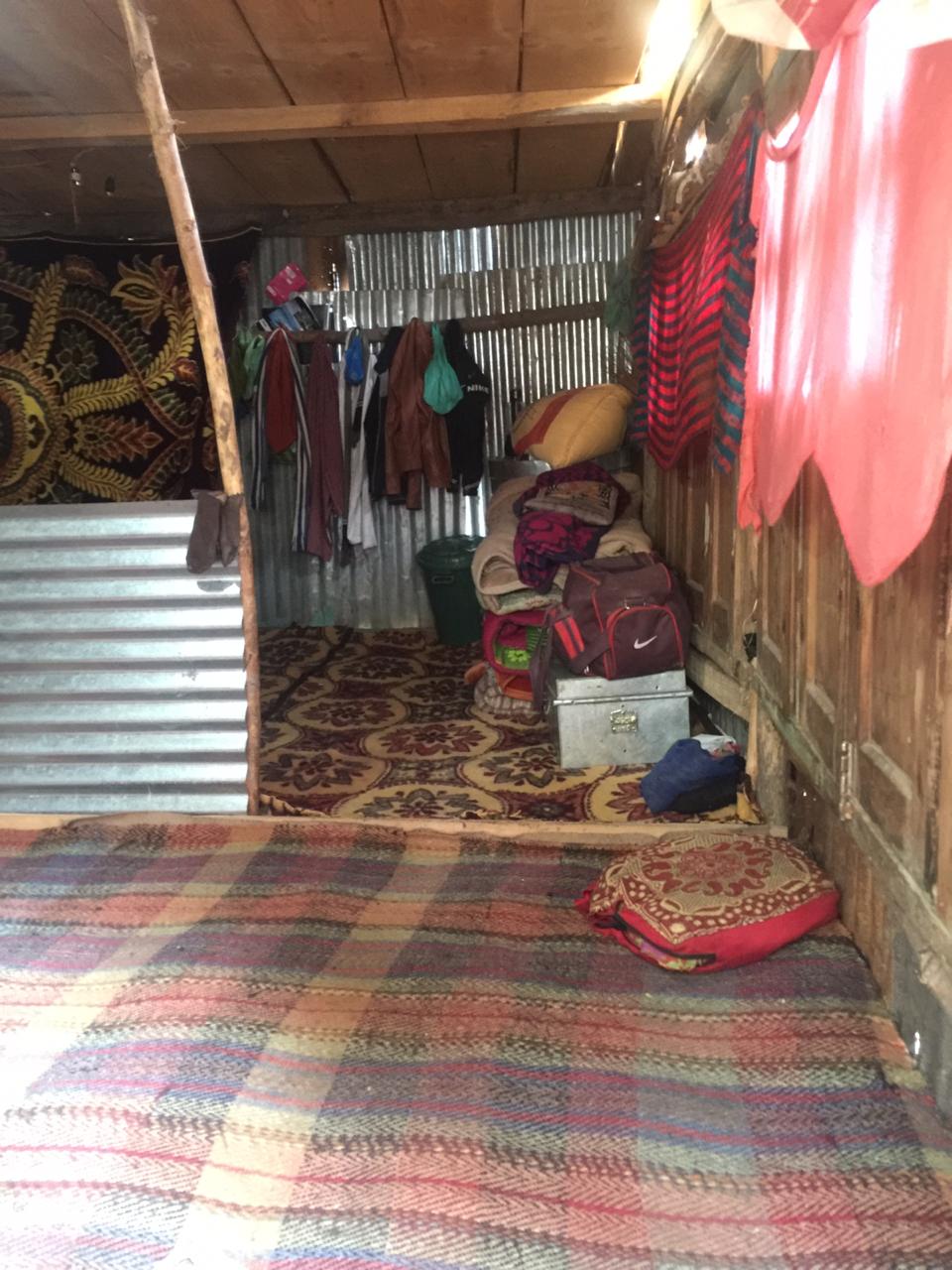
Life-support shortage hardly motivates parents to send their children to Anganwadi centers, Rafia says.
“Parents only cooperate when we’ve nutrition available at the centre. But since the pandemic, Anganwadi centres are literally running dry. Except for rice, there’s nothing else to offer.”
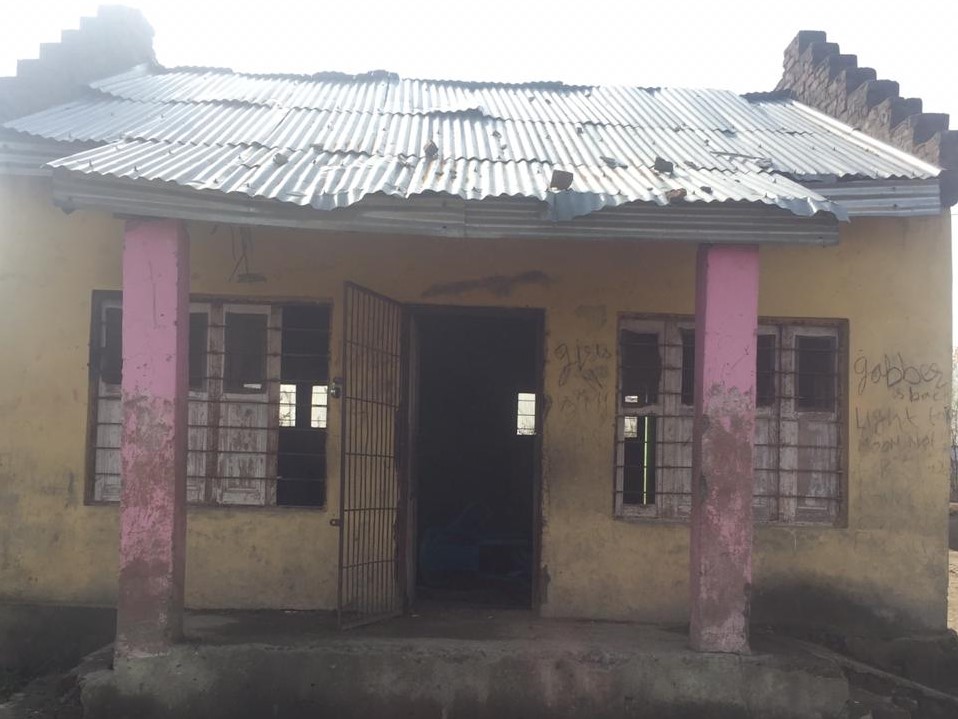
But Banyari hides these daily trysts with its serene landscape holding a great sightseeing potential.
For locals, however, the rustic routine driven by poor connectivity has only become a curse.
This hard life is itself casting a shadow on education.
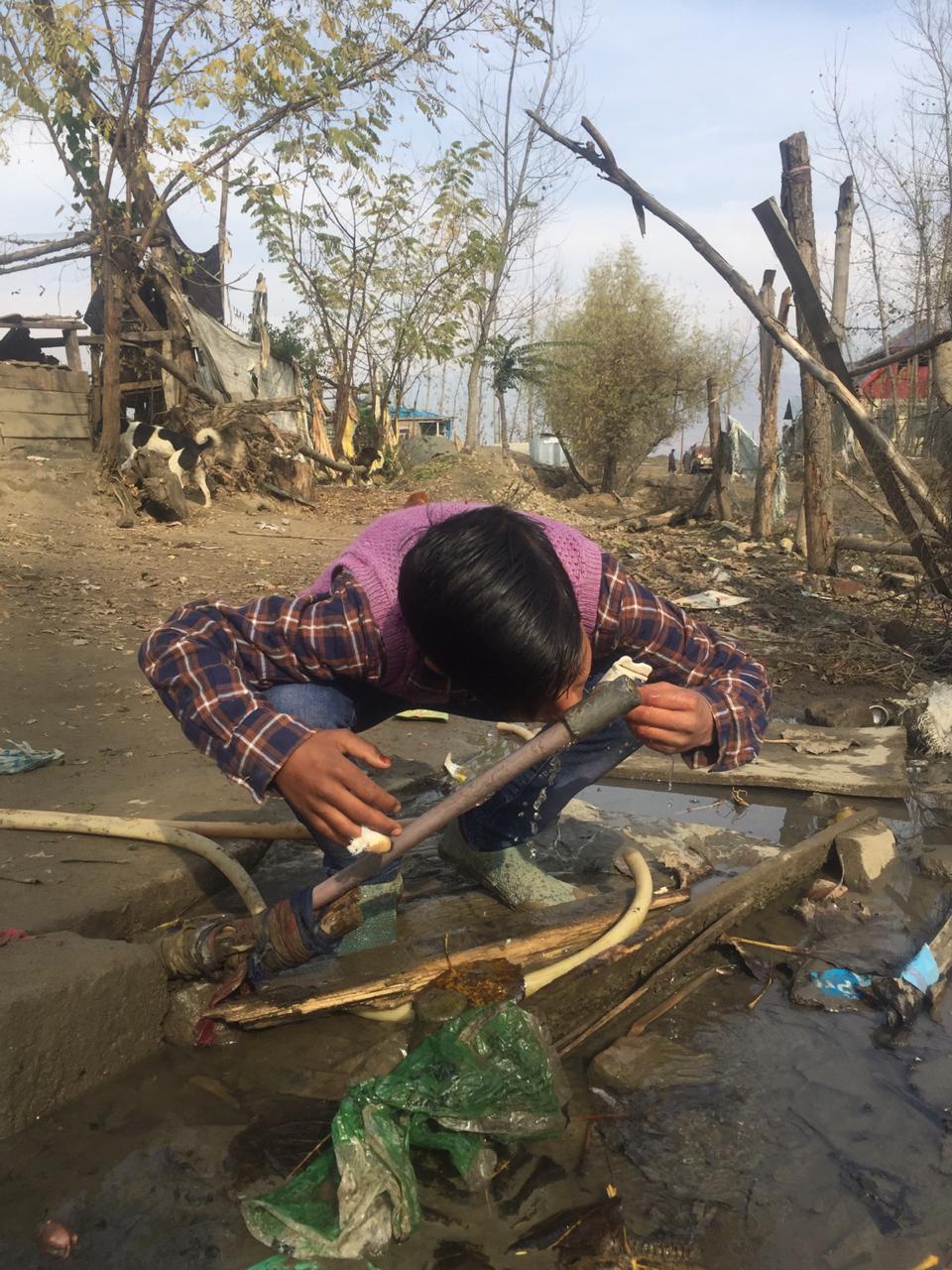
Almost 85 per cent of students leave education in primary or mid-level.
“And the reason remains lack of awareness and exposure, poor connectivity and basic facilities at schools,” says Saima, a school dropout.
The village has in total 9 primary and middle schools and one high school but all without any proper buildings and basic facilities.

This shabby state of affairs is often coming in the way of budding dreams.
Iqra is one of the lucky girls of Banyari who has reached to the college level despite all the hurdles. She wanted to become a nurse, but due to no career counseling, she ended up studying Humanities.
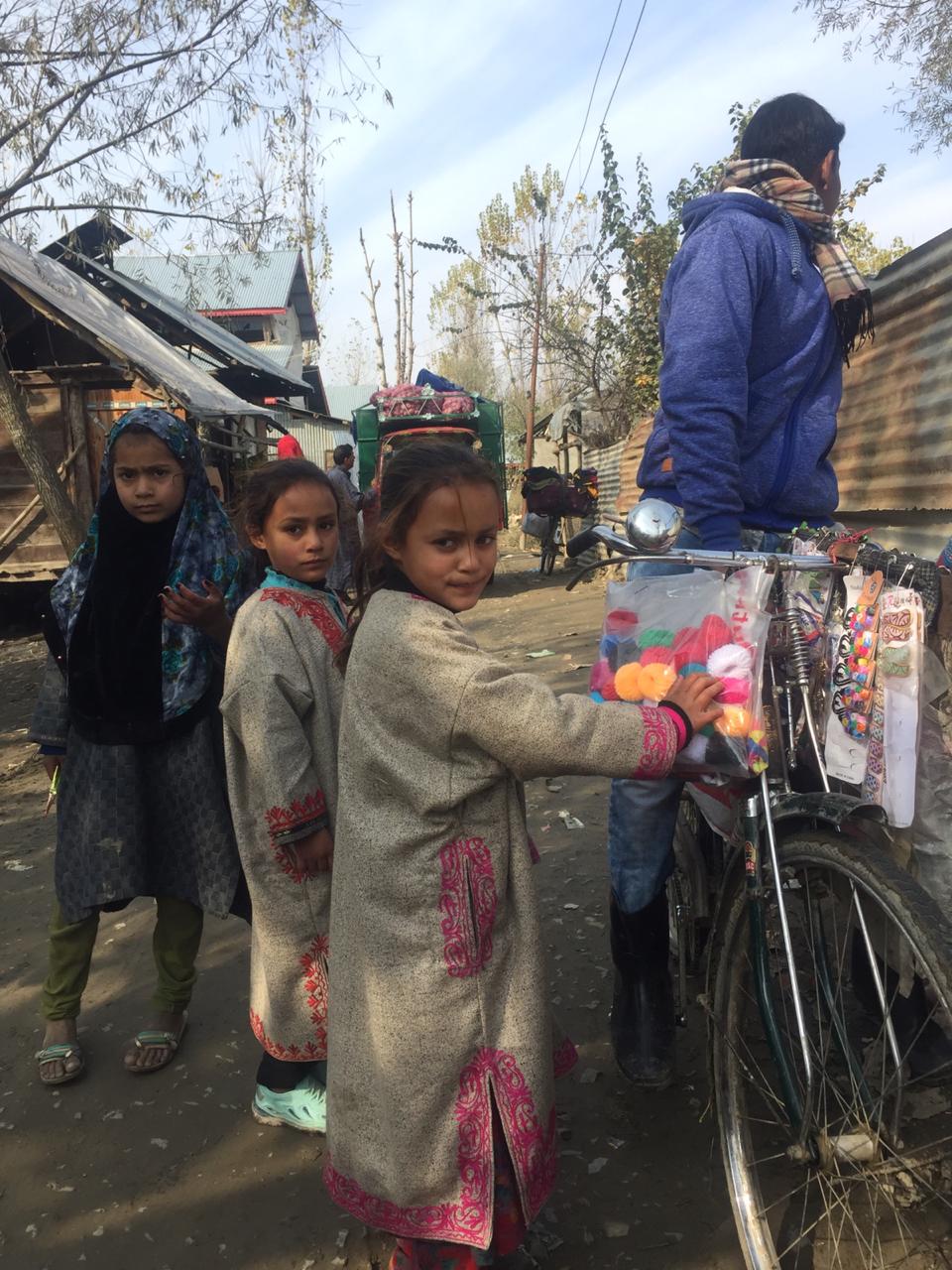
On the cusp of graduation now, Iqra remains oblivious of her academic life ahead.
“It’s really tough to reach college every day when one lives in an area where we’ve no roads, transport and basic facilities of life,” Banyari’s college-goer says with her downcast gaze.
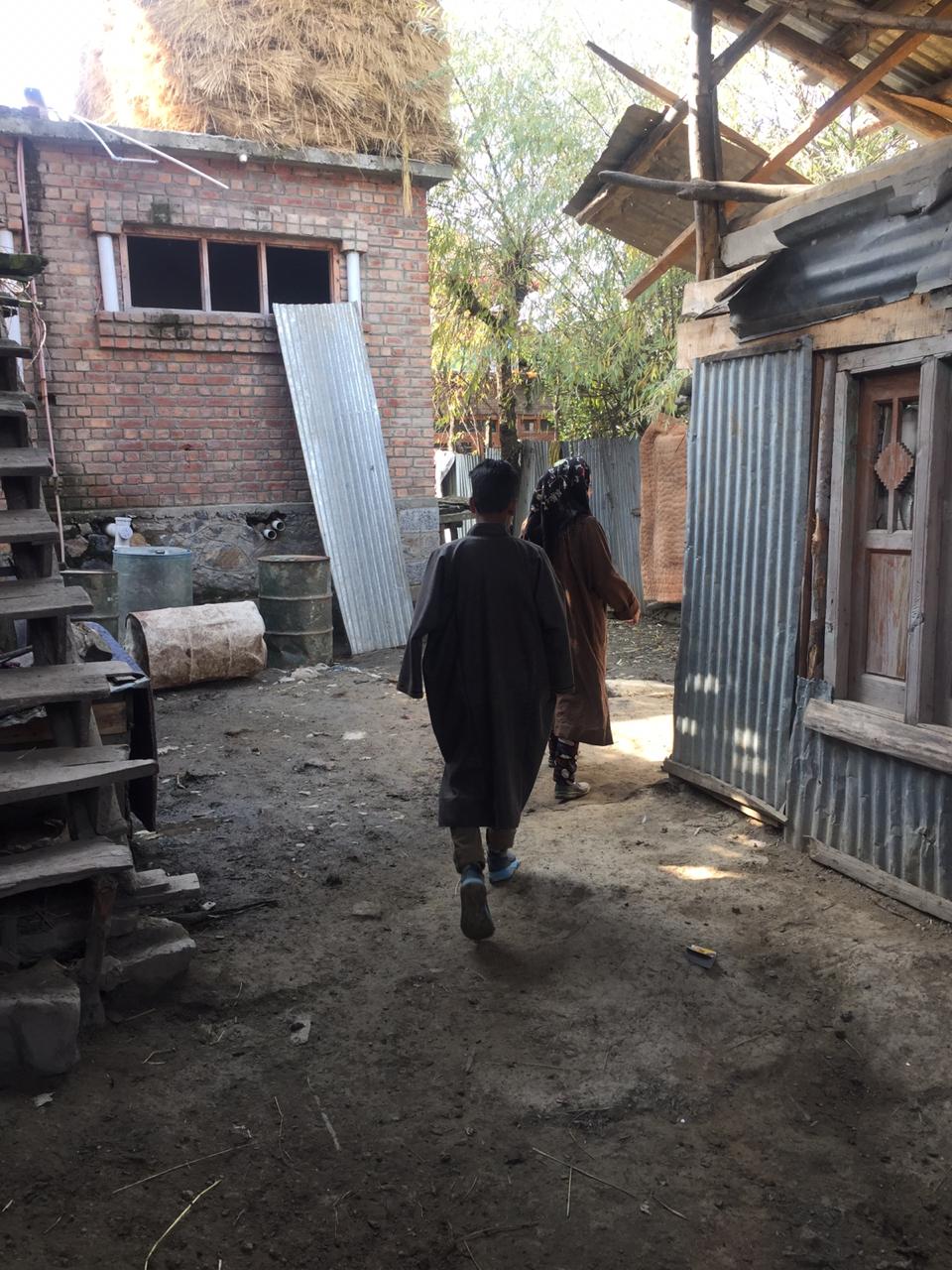
Unlike Iqra, Suraya left school in her 8th standard only.
Mostly sitting idle at home, she was never forced by her parents to attend school.
Like other villagers, even Suraya’s parents thought, “Schools aren’t fit for girls”.
In the backdrop of these challenges, Jabeena’s role as Asha worker is only becoming tough.
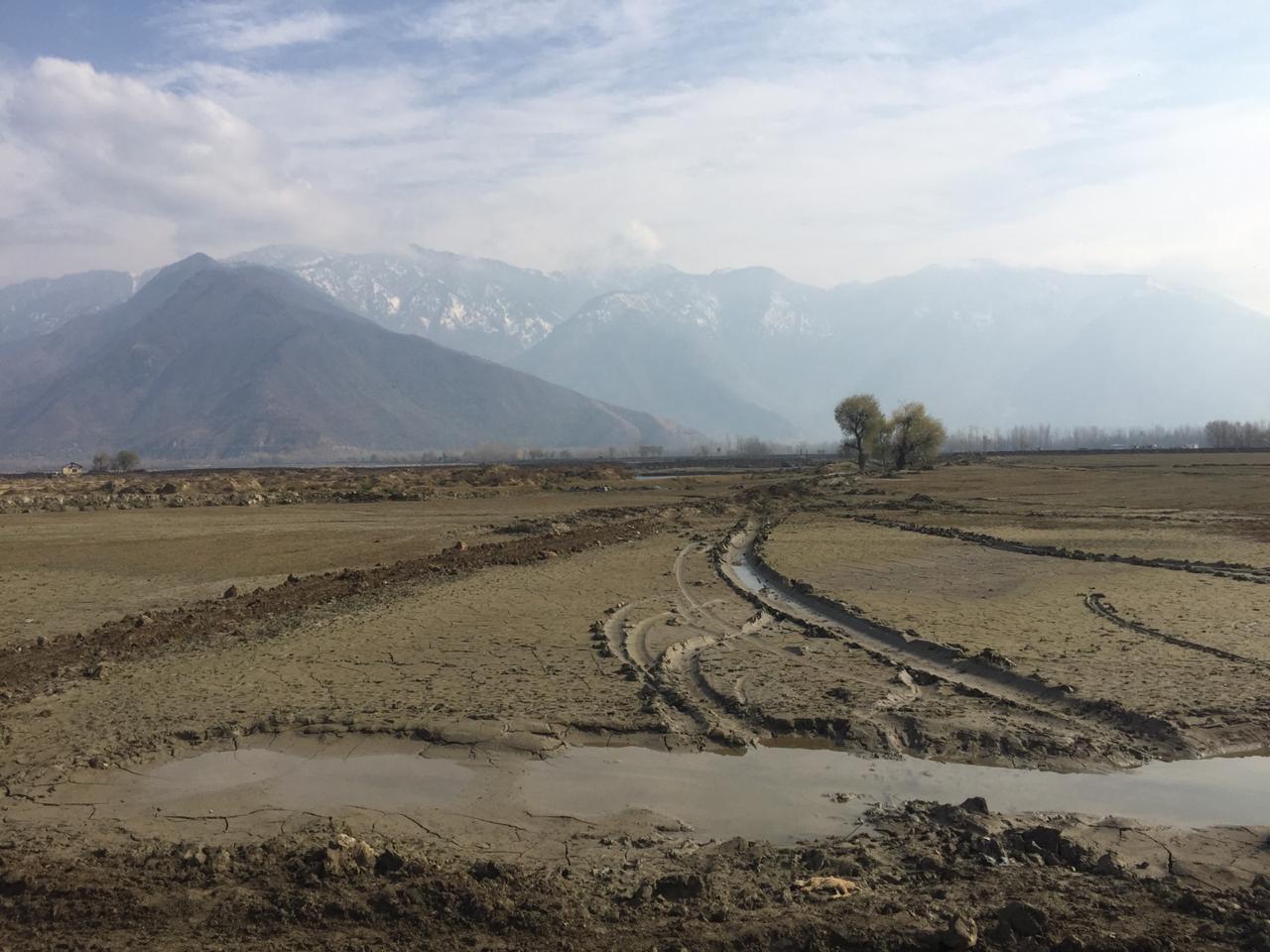
After knocking at her door early morning, the boyish courier took her to the other ghat of Jhelum where a pregnant woman was struggling with pain.
“I visit pregnant women almost daily,” Jabeena says. “We’ve around 50 per cent of hospital deliveries here. It’s really tough to make women reach the hospital on time due to poor connectivity. And therefore, families prefer childbirth at home only. But in both the cases, pregnant women suffer a lot.”
After tackling regular health emergencies, Jabeena often returns home at dusk.
In her spare time, she acts as a health campaigner — trying to create awareness about health and hygiene in Banyari.
“But women or girls hardly take sanitary packets from me,” Jabeena says. “Lack of education and basic facilities is only forcing people to live a primitive life here.”
Mountain Ink is now on Telegram. Subscribe here.
Become Our Ally
To help us strengthen the tradition of quality reading and writing, we need allies like YOU. Subscribe to us.







































